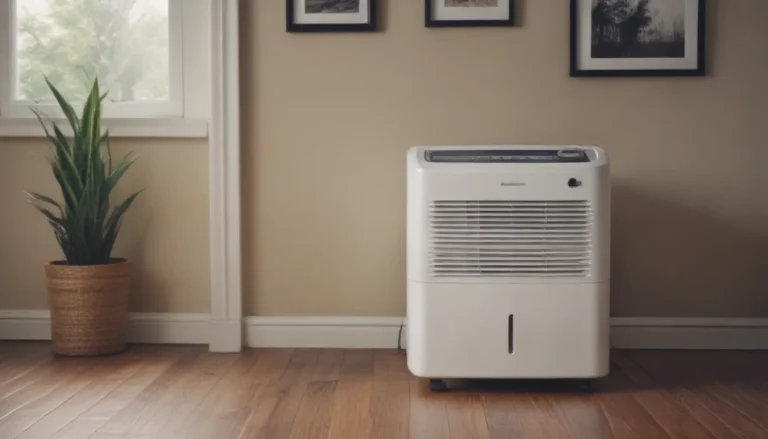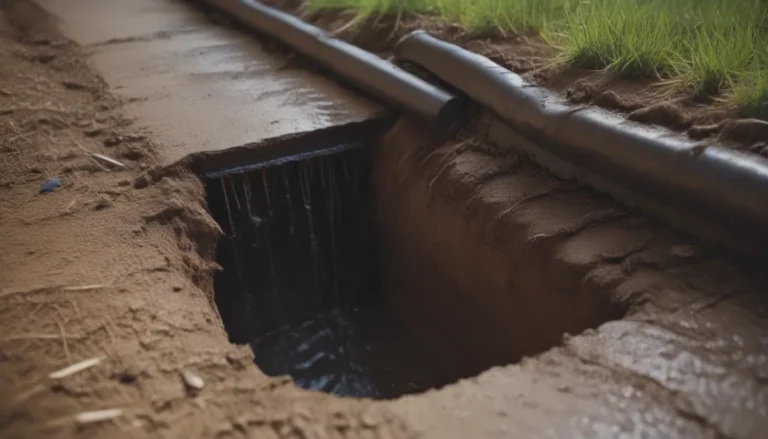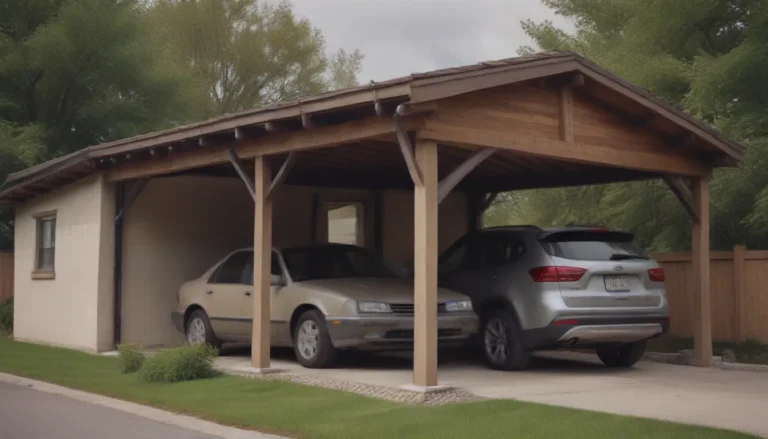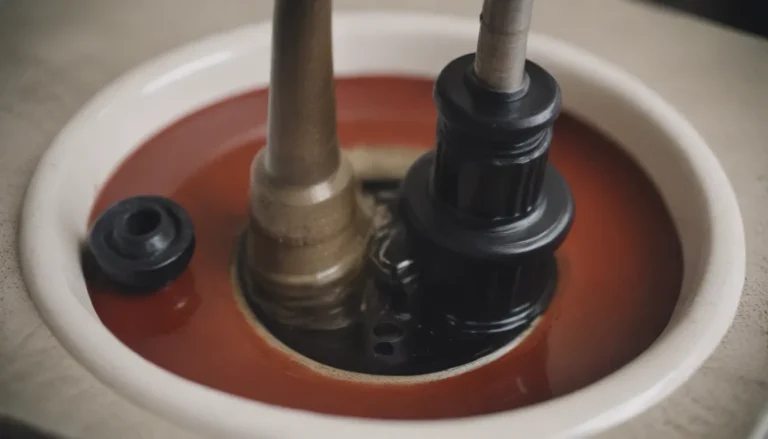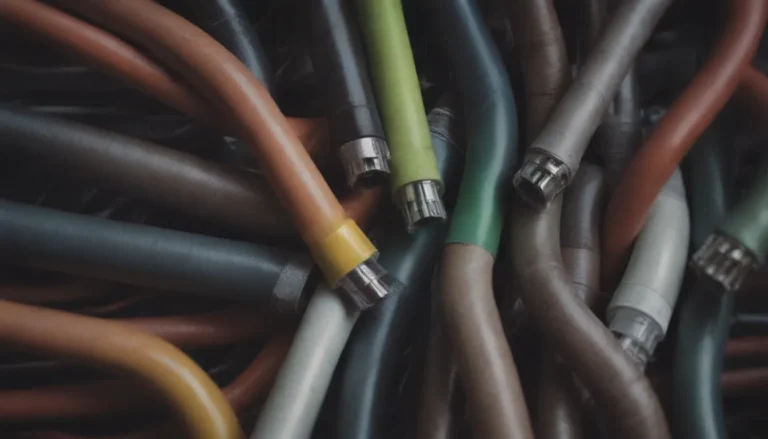Choosing the Right Order for Painting and Refinishing Floors: A Comprehensive Guide
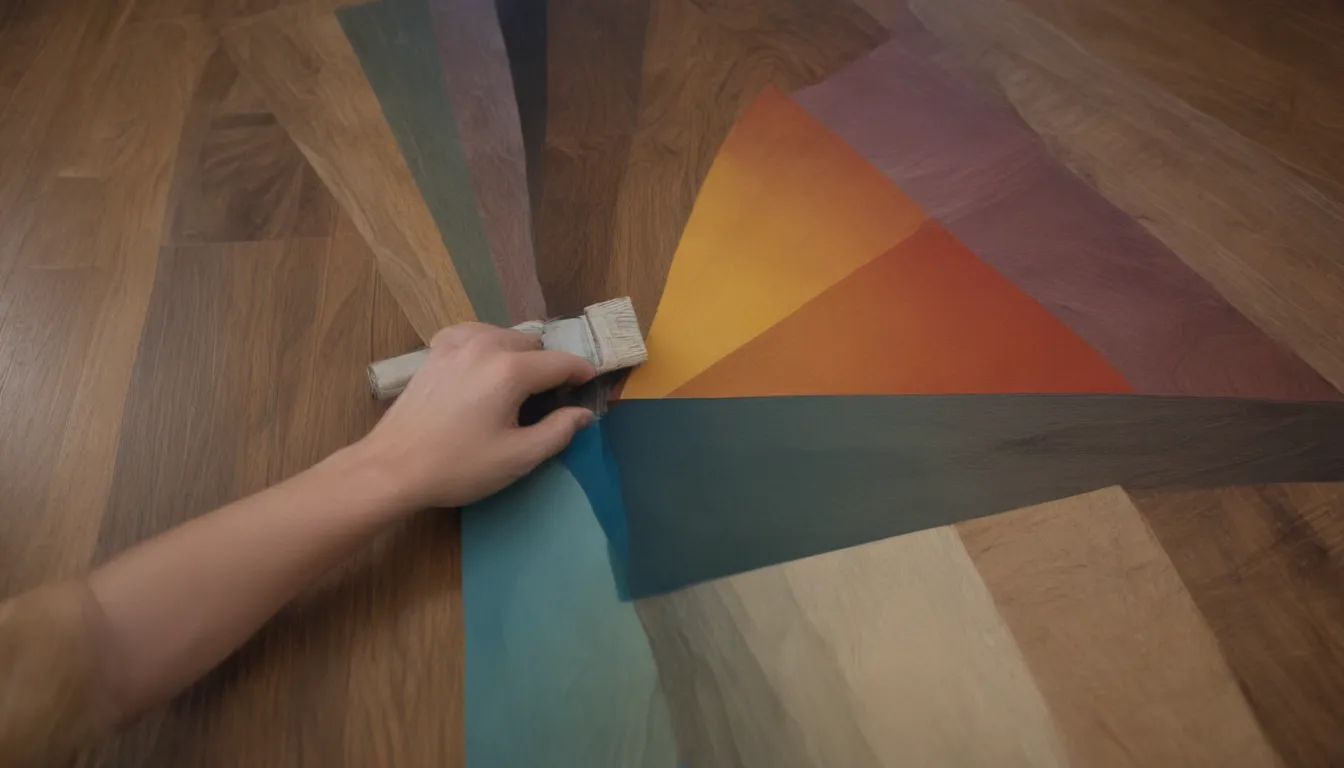
When it comes to home remodeling, establishing a well-organized process is key. While some tasks have a clear order, such as insulating before drywall, deciding whether to paint or refinish floors first can be a bit more challenging. In most cases, it is recommended to paint first and refinish floors second to avoid damaging the newly refinished floors with paint drips. However, as with any home project, the best approach may vary depending on your specific situation and preferences. Let’s take a closer look at both options to help you determine which is the best choice for your home.
Painting First, Refinishing Floors Second
- Light paint splatter can be sanded out
- Subfloors are safe to drip on
- Avoid damaging walls
- Sanding dust can stick to walls
- Flat paint may need repainting
One of the main reasons to paint the walls before refinishing the floors is to prevent any paint drips from damaging the new floor finish. While light paint splatter on raw wood can typically be sanded out, heavier paint drips may stain the wood. However, it is easier to remove paint from a finished wood surface than from raw wood due to its porous nature. Dripping paint on subfloors that have not yet been covered with flooring is perfectly fine, as they will eventually be concealed.
One downside of painting before refinishing the floors is that sanding dust can accumulate on the walls, especially if you have flat paint that is difficult to clean. Eggshell and semi-gloss sheens are easier to wipe down, but flat paint may require repainting to fully remove the dust.
Refinishing Floors First, Painting Second
- Easier to clean wall dust
- Wall damage can be easily fixed
- No need to repaint flat paint
- Full floor coverage required
- Paint may still reach flooring
When you refinish floors before painting the walls, you can effectively clean off the dust that is generated during the sanding process. This dust settles on walls but can be easily removed with a vacuum. Additionally, without baseboards and floor trim in place, you can paint down to the floor without the need for masking.
However, sanding floors can create a significant amount of dust that may affect newly painted walls. Paint drips are also a concern, but if you act quickly to remove them from a finished, sealed floor, the damage can be minimized. Using a chemical floor protectant can provide an extra layer of defense against paint stains or discoloration.
Determining the Best Approach for You
Ultimately, the decision of whether to paint or refinish floors first depends on your specific circumstances and preferences. If you prioritize getting a major part of the remodel done quickly, painting the walls first may be the best option. However, you will need to be mindful of sanding dust accumulating on the walls, especially if you have flat paint that is difficult to clean.
On the other hand, refinishing the floors before painting the walls can help prevent paint drips from damaging the floors. By covering the entire floor with a drop cloth, you can minimize the risk of spills. If paint does drip on a finished floor, it can be quickly wiped off, but dried paint on raw wood may be more challenging to remove.
In conclusion, whether you choose to paint or refinish floors first, it’s essential to consider the potential risks and benefits of each approach. By understanding the implications of your decision, you can ensure a successful home remodeling project that meets your needs and preferences.
